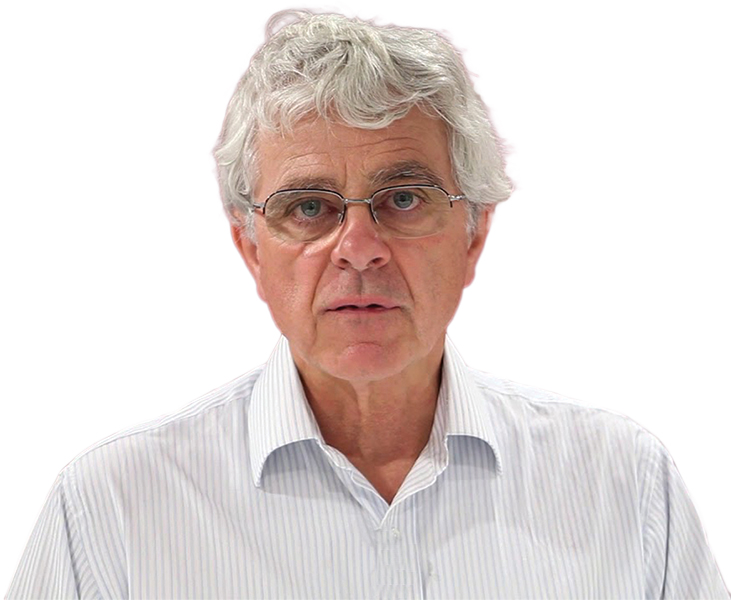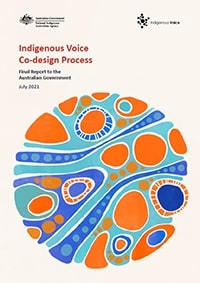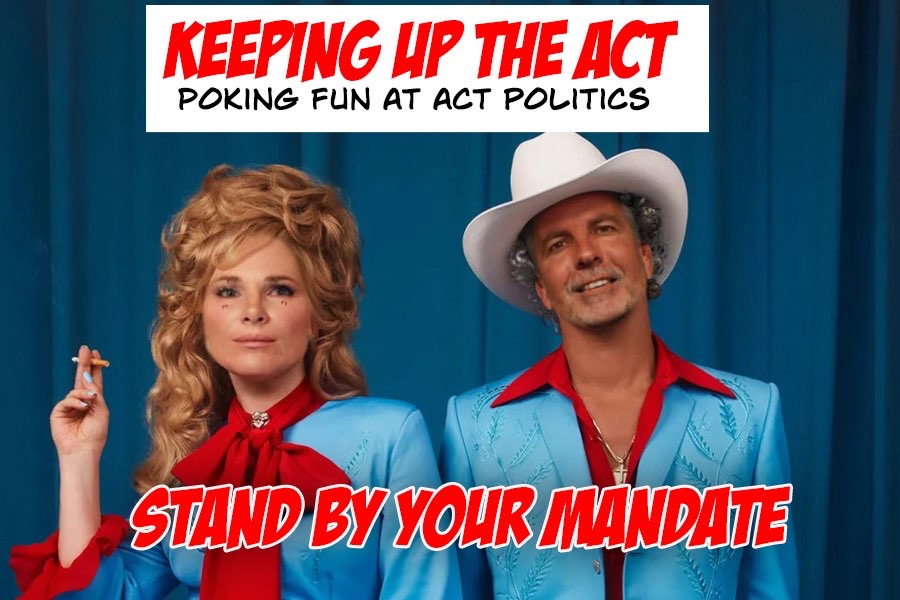“The Voice referendum should ask whether such an amendment be limited to five, ten, or a dozen years so that lived experience, not dreams, guides the next generation of multi-ethnic, multicultural Australians,” writes HUGH SELBY.
LET every Australian be grateful there is the goodwill and the time to discuss not just the “strengths and weaknesses” of the proposed Voice, but also other options.

What is being proposed has these elements:
- A local and regional structure for indigenous “policy development”;
- An apex body into which the “local and regional outcomes” are fed; and,
- A change to our National Constitution that introduces perpetual exclusivity for less than four per cent of our community.
Those elements are laid out in a lengthy mid-2021 report; however, few people will read that report and – this is quite extraordinary – we the citizenry are not going to be presented with succinct, informative statements of the arguments for and against.
What follows assumes a broad agreement as to these propositions:
- The Australian indigenous community, like every other “community” in our nation, does not speak with one view, but many. Those different views reflect the variable effect of, among other factors, history, opportunity, location and leadership.
- Age-old customs, languages and populations were ravaged by outsider settlement.
- Despite our lack of a national Human Rights Act we believe every member of our community is entitled to: a safe “home”; sufficient daily nutrition; an education that brings literacy, numeracy and the reasonable possibility of meaningful employment; ready access to a health system that is preventive, expert in treatment and accessible; and, respect for and the maintenance of our cultural roots (which includes religious beliefs).
- Those beliefs are aspirational because, despite them, there are many among us who are homeless, lacking the basics of daily life, suffering from chronic disease, and are or will be long-term unemployed.
- A significant change in national perception over the past 30 years has been that whereas “the indigenous” were out of sight and mind, their successes and failures are now widely reported (examples being sporting success, “artistic” success, academic/research success, pride in claiming an indigenous heritage – all and more on the one hand; while on the other – over representation in the juvenile and adult criminal justice system, health and educational outcomes that are well below other communities, and, inadequate housing).
- “Discrimination” is un-Australian and we don’t tolerate it. The ACT’s Discrimination Act makes it unlawful to treat any of us unfavourably because of our race. “Race” includes a person’s colour, descent, ethnic or national origin and nationality. However, there are exceptions as has been seen, for example, in campaigns to “tolerate” homophobia on religious grounds. What’s more, as the ACT’s Human Rights Commission explains: “It is not unlawful to take special measures to help groups or individuals who are disadvantaged or have been unfairly treated. Those “special measures” are sometimes known as “positive discrimination” in that those who benefit from them receive “something” that the non-beneficiaries cannot claim.
Proponents of the Voice would likely argue that indigenous Australians are deserving of the special measures of the Voice, being “their” publicly funded consultation structures discussed above AND a constitutional enshrinement of at least the apex consultative arm and its access to government.
A contrary argument (there are likely more points that others may write about) would be:
- The current Voice proposal is still a “top down” approach that fails to recognise how today’s communication technology can quickly gather the views of disparate communities large and small without the “after-the-event interpretative gloss” of a mere couple of dozen people.
- That the number and experience of the myriad of indigenous organisations allows for “those on the ground” to assist their clientele to respond confidently and accurately to such surveys.
- That such an approach will be both more cost and time efficient and effective than a well-meant, but inherently flawed attempt to impose a model of “consultation” that will inevitably drown out most of those seeking to voice an opinion.

Which leaves the issue of the Constitutional Amendment to lock in preference for less than four per cent of our community. Where is the need for it?
There is no shortage of articulate indigenous people. As the recent troubles in Alice Springs have shown there is now no shortage of media attention.
Our indigenous fellow Australians are no longer “out of sight, out of mind”. If there is to be a referendum for a constitutional amendment then let the referendum questions include whether such amendment should be limited to five, ten, or a dozen years. Why? So that lived experience, not dreams, guides the next generation of multi-ethnic, multicultural Australians.
Hugh Selby is the “CityNews” legal affairs commentator. His free podcasts on “Witness Essentials” and “Advocacy in court: preparation and performance” can be heard on the best known podcast sites.
All opinions welcome
“CityNews” welcomes all opinions on the Voice. Respectful submissions of up to 750 words to editor@citynews.com.au, please.
Who can be trusted?
In a world of spin and confusion, there’s never been a more important time to support independent journalism in Canberra.
If you trust our work online and want to enforce the power of independent voices, I invite you to make a small contribution.
Every dollar of support is invested back into our journalism to help keep citynews.com.au strong and free.
Thank you,
Ian Meikle, editor





Leave a Reply